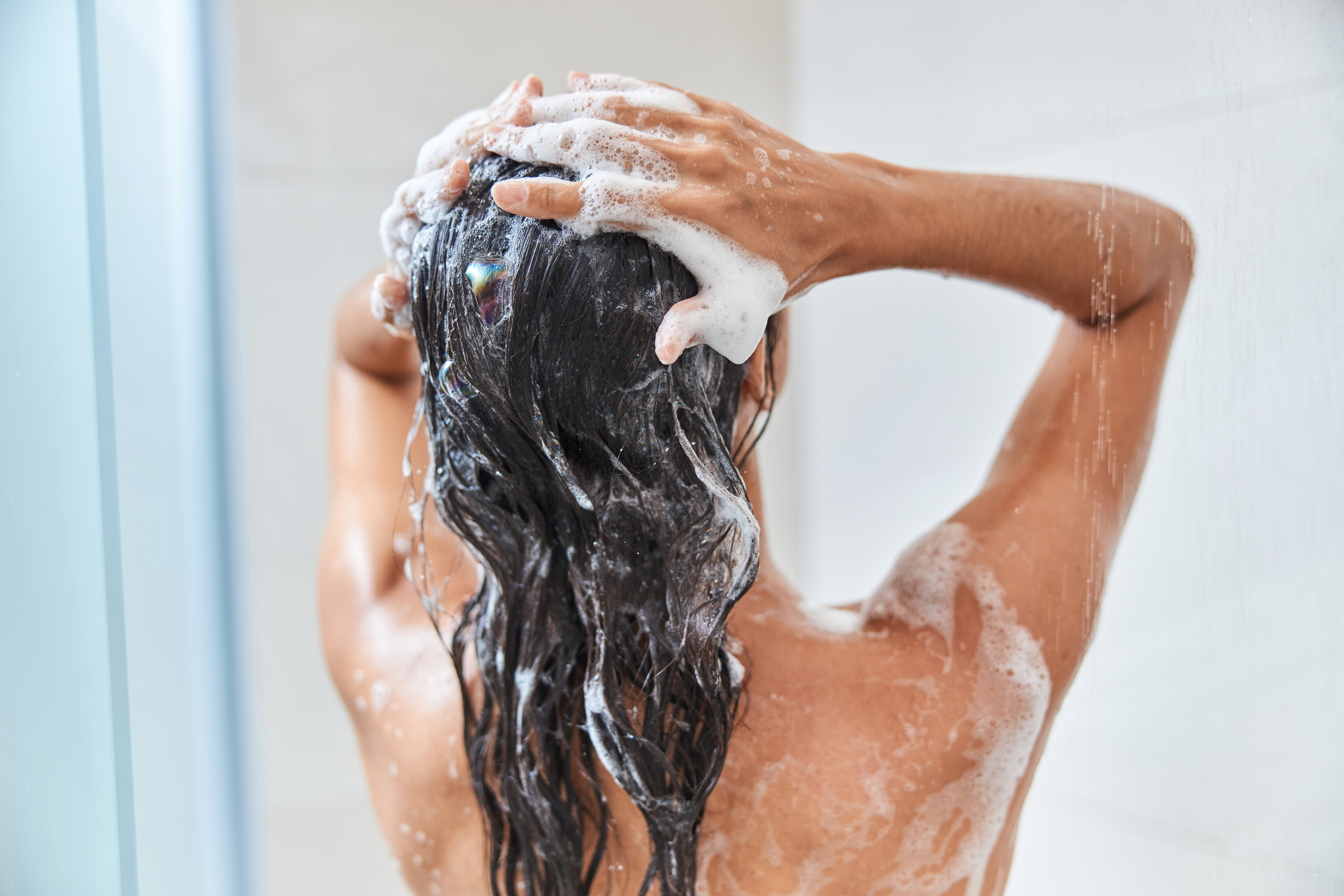When it comes to our hair, it's easy to get caught up in the details — how to tame frizz, add shine, or achieve the perfect curls. But let's take a step back and focus on the basics: how we wash our hair. It's the backbone of a killer hair day. No matter how skilled you are with your styling tools, if your hair isn't cleaned right, well, it's a bit like building a house on shaky ground. Hey, we all make mistakes sometimes, but these are simple fixes to nail your hair-washing routine.
Do You Brush Before Shampooing?
Ironically, a good hair wash starts... before the actual washing. Yes, the first step is done while your hair is dry, and it's none other than detangling and brushing your scalp and locks before getting them wet. Why, you ask? Well, this little step boosts blood circulation and allows for better shampoo absorption.
This pre-wash brushing has its own technique: start from the tips and work up to the roots, never the other way around. And the brush should be either natural bristle or carbon fiber. All this to prevent breakage and unwanted damage, as emphasized by the hairstylist.
Are You Picking Any Old Shampoo?
Hold the phone! Let's talk about shampoo choices. It's not just about grabbing any old bottle off the shelf. There's a science behind those suds, my friend. On one hand, there's the need for proper hygiene, but on the other, it's crucial to avoid harsh chemicals like sulfates and silicones or perfumes that damage the cuticle.
The shampoo's pH is also crucial. "The scalp's skin is oily and therefore more acidic than the rest of the skin. A too alkaline pH damages the scalp, opens the cuticles, and promotes frizz," explains dermatologist Andrea Combalia. Look for a shampoo that's pH balanced and caters to your hair's unique needs.
Are you Choosing the Right Shampoo?
Ever noticed the sea of shampoo bottles out there? Yep, that's because every head of hair is different with its own unique needs. If your scalp's oily but your ends are dry, a one-size-fits-all approach just won't cut it. When the length differs in characteristics from the scalp, the ideal approach is to use two different shampoos in one wash — one for the scalp's needs, like oily hair, and another for the specific length, such as for curls, straight hair, or hydration.
Do you know how to apply shampoo?
Alright, here's the trick: don't squirt shampoo directly on your head! Emulsify it in your hands first to ensure an even distribution. From there, the wash is typically two-fold.
In the first shampooing, "start by applying the product to the root area, then massage it into the nape, crown, and finally, but equally important, behind the ears. Once the initial lathering is done, rinse your hair with warm water," explains hairdresser Alberto Sanguino.
In the second round, focus more on the root area's surface and concentrate on the mid-lengths and ends. "Avoid rubbing the hair too much to prevent excessive tangling and try to work vertically with your fingers," advises the hairstylist. After the shampooing is finished, let the shampoo sit for two minutes.
Conditioner vs. Hair Mask?
Are you one of those who skips applying a hydrating product after each wash? Big mistake! "Hydrating your hair after each wash is crucial because shampoo removes some of the grease covering the cuticle. It's essential to nourish the strands and prevent static and frizz," explains Andrea Combalia.
Even oily hair needs hydration, just like oily skin, but with lightweight, specific products — always apply from mid-length to ends to avoid overloading the scalp with sebum.
And how and when should you use a conditioner versus a hair mask? Apply conditioner after shampooing, after gently squeezing out excess moisture, and only from mid-lengths to ends. There's no need to let it sit.
A hair mask is an extra treatment for added hydration when your hair needs that additional boost. Apply it from mid-length to ends, work it through strand by strand, massage it in, and let it sit.
Rinse, Rinse, Rinse!
Don't underestimate the power of a good rinse, but be careful with the water temperature! Very hot water leaves hair looking dull; for oily hair, it can stimulate excess sebum production. Ideally, use lukewarm water and, if you dare, as they do in salons, finish with a burst of cold water — not excessively cold, though. This closes the cuticle, making your hair shine and look its best.
Drying Techniques
Last but not least, drying. Wrap your hair in a towel gently — no rubbing or twisting, please! Then, pat it dry with a microfiber towel. Once it's somewhat dry, detangle from the ends upwards with a wide-tooth comb to prevent damage. And oh, if you've got some hair oil handy, this is the time to use it. It'll give your hair that extra shine boost!
There you have it — you know how to wash your hair like a pro. Why do it wrong when you can do it right...
